That snake plant may look great on the ‘Gram, but will your cat think so?
14 Houseplants That Are Dangerous for Your Pets and Kiddos
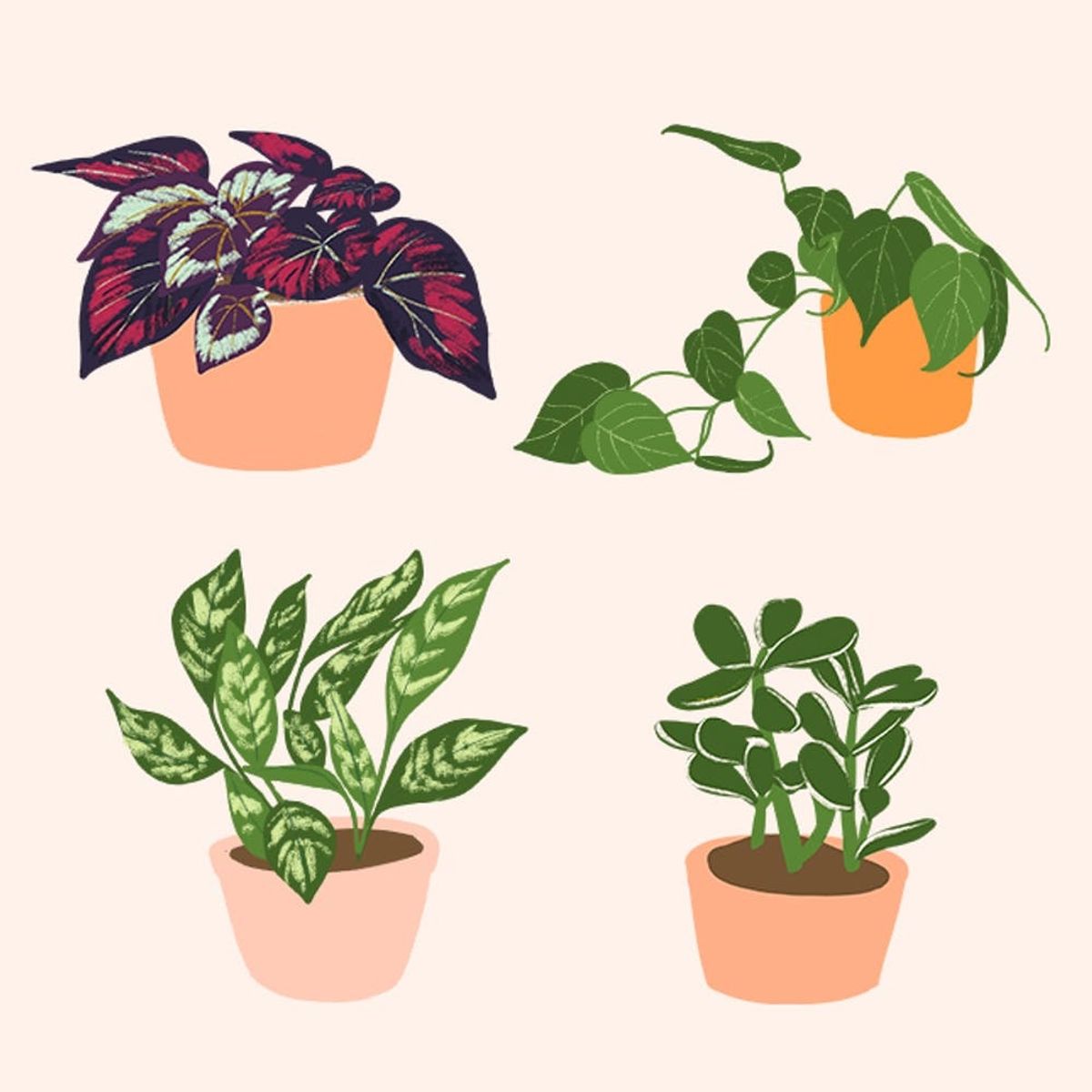
Most of us have only one thought when plant-shopping: How will it look in our space? (Perhaps equally importantly: How will it look on Instagram?) It’s easy to get swept up by a particularly beautiful peace lily or an enticingly striped snake plant, but before you head to the register (or hit “checkout” from Amazon’s plant shop), it’s a good idea to double-check that none of your home’s residents will be endangered by that irresistible little jade plant you have your eye on. Many common (and, dare we say it, trendy) plants are actually poisonous if ingested by your pet, or by a child. If you’re the mom to a fur-baby or a baby-baby, give this list a once-over before you add a new plant friend to your collection.
1. Peace Lily: Peace lilies may be beautiful (and especially spring-like), but they — and many other lily varieties — are poisonous to pets and humans.
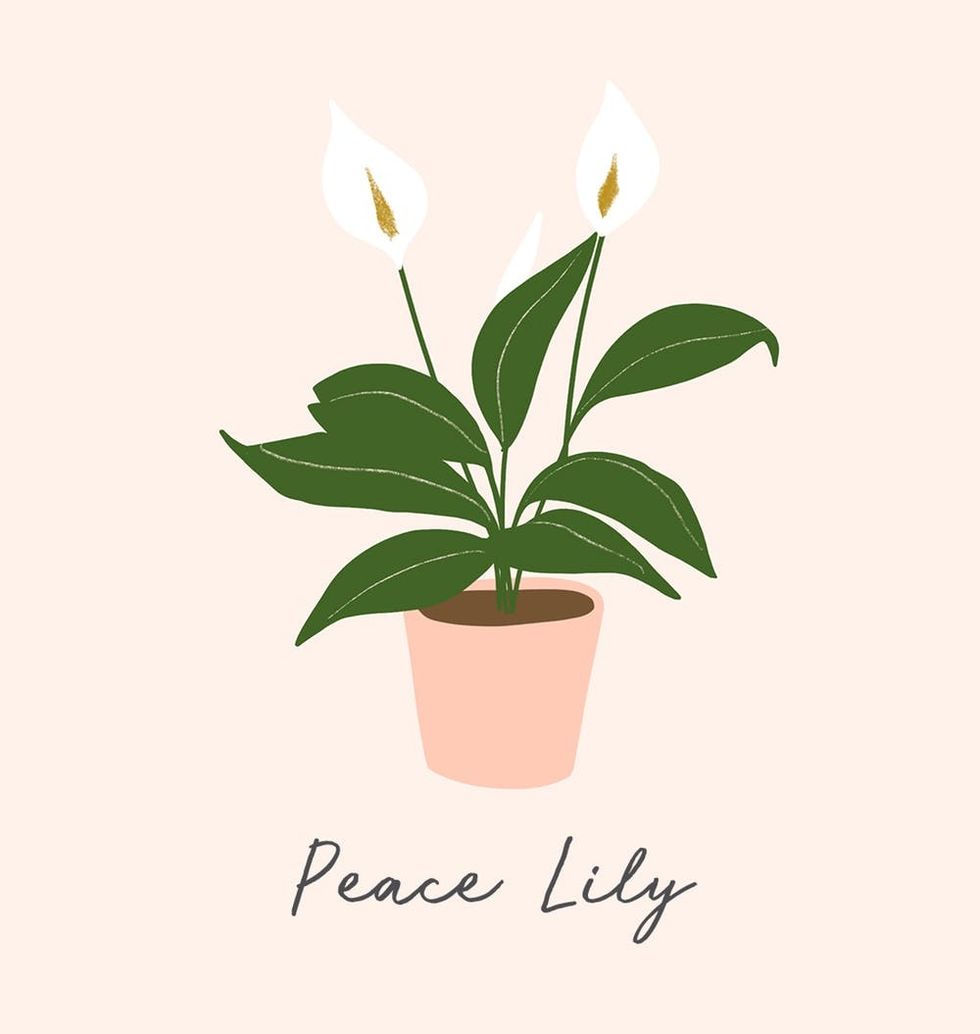
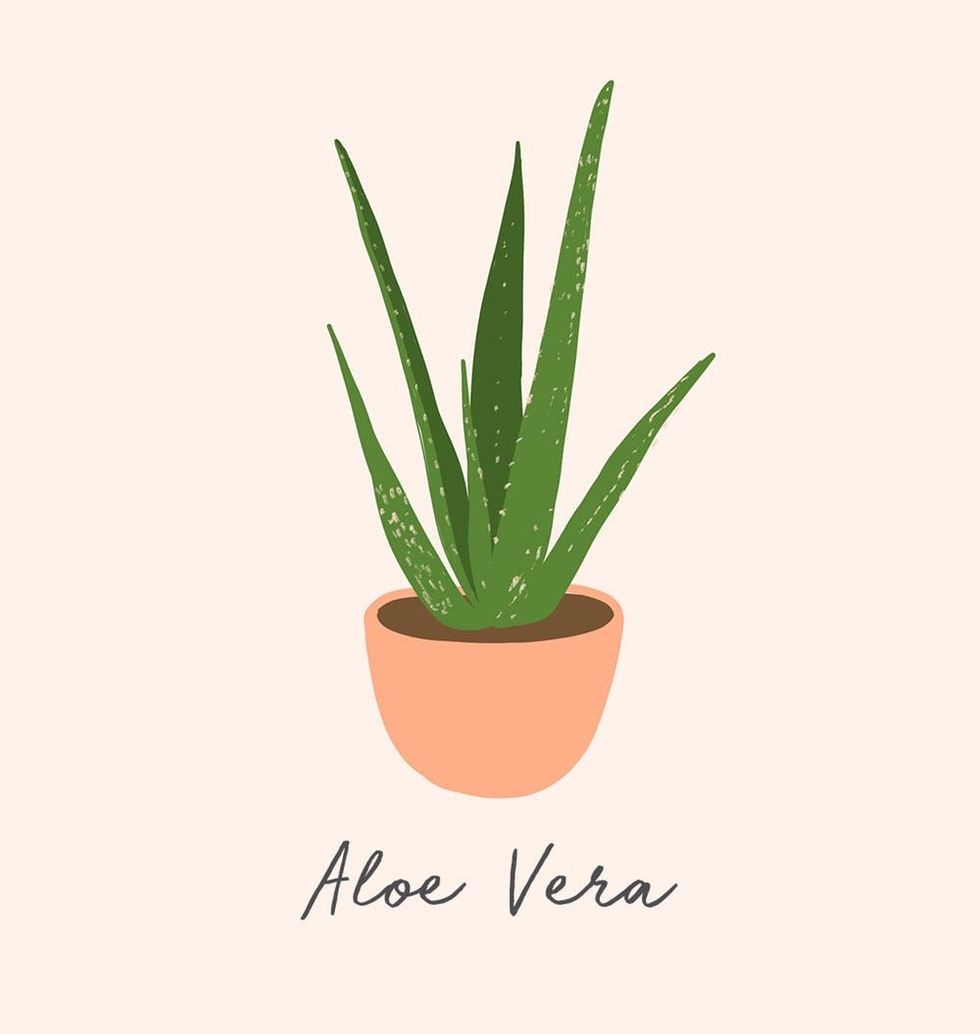
2. Aloe Vera: While the gel from the aloe plant is good for all manner of skin issues, it’s not advisable for your pet to ingest it. Dogs and cats alike can experience various stomach problems from consuming the plant.
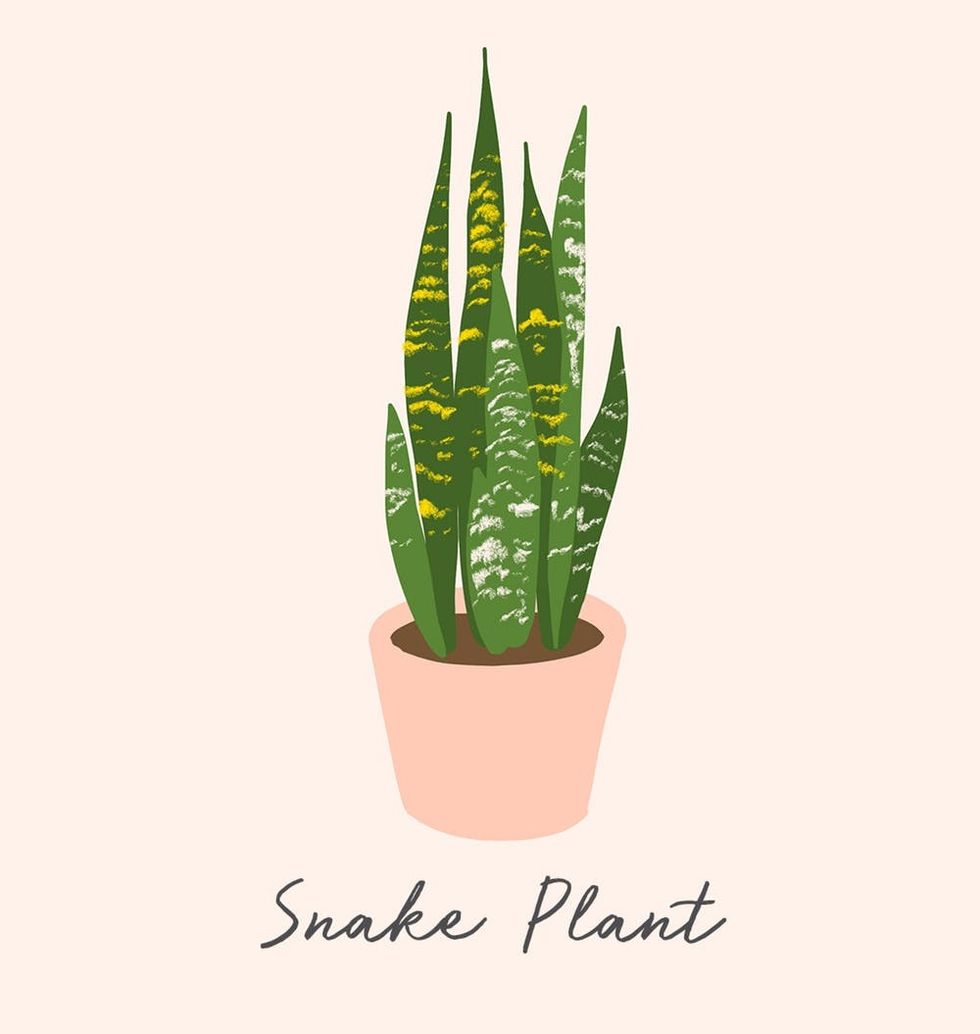
3. Snake plant: We love the variegated, stripey look of this plant, but it can cause significant nausea in your pets.
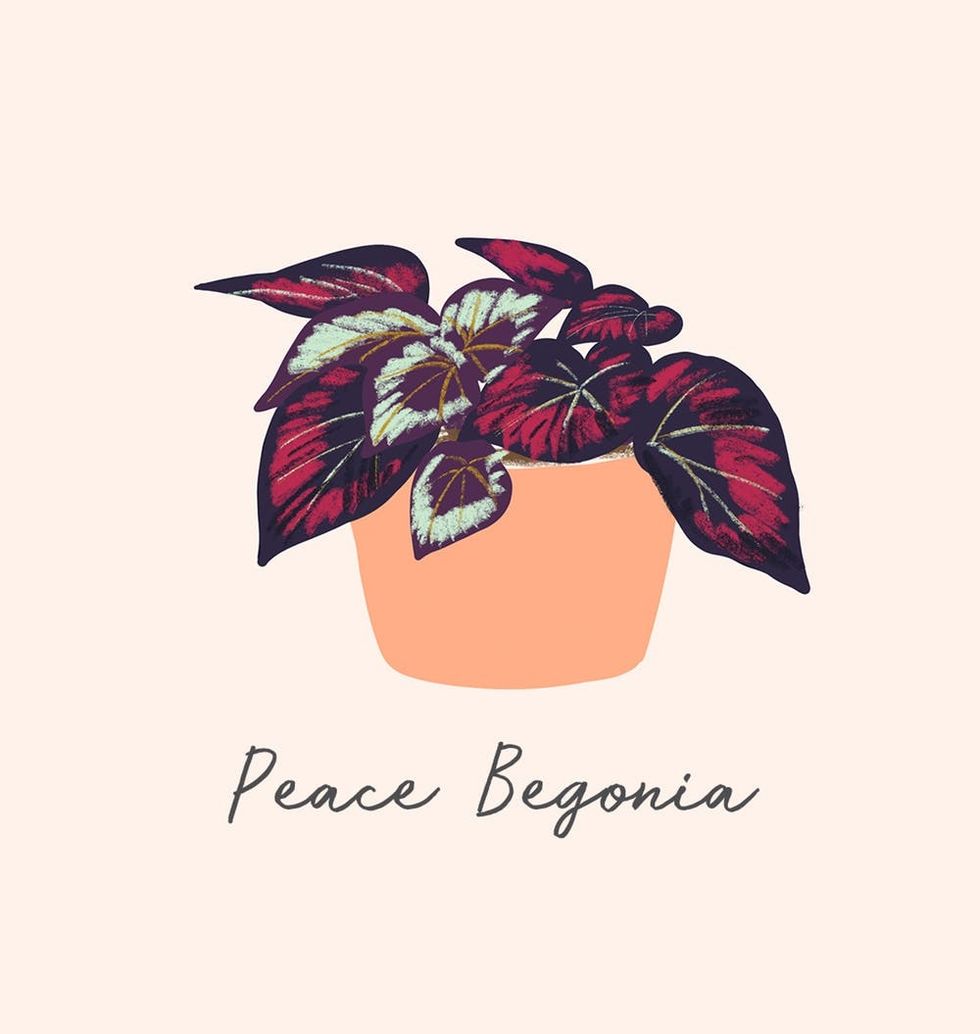
4. Peace Begonia: Don’t be fooled by the beautiful color: When eaten, peace begonias can spark kidney failure in your pets.
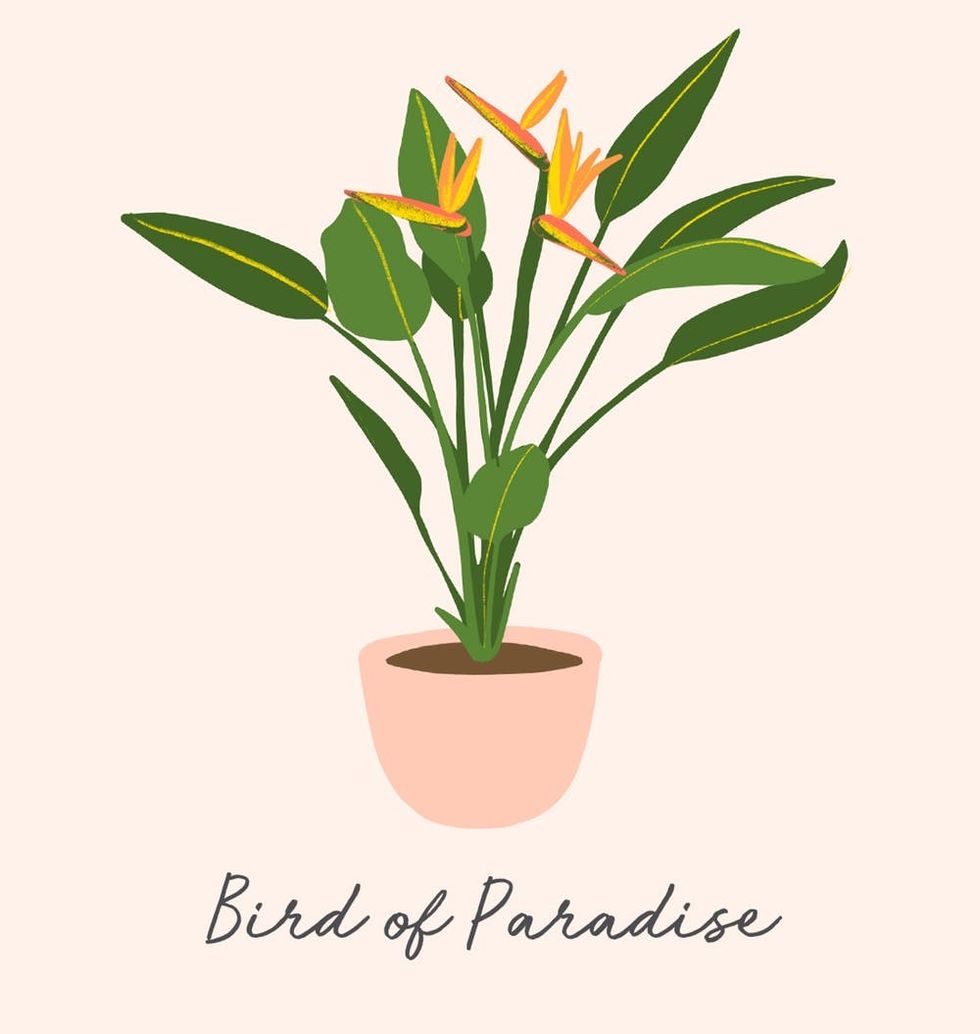
5. Bird of Paradise: This bright and tropical plant means dizziness and nausea when eaten by dogs and cats.
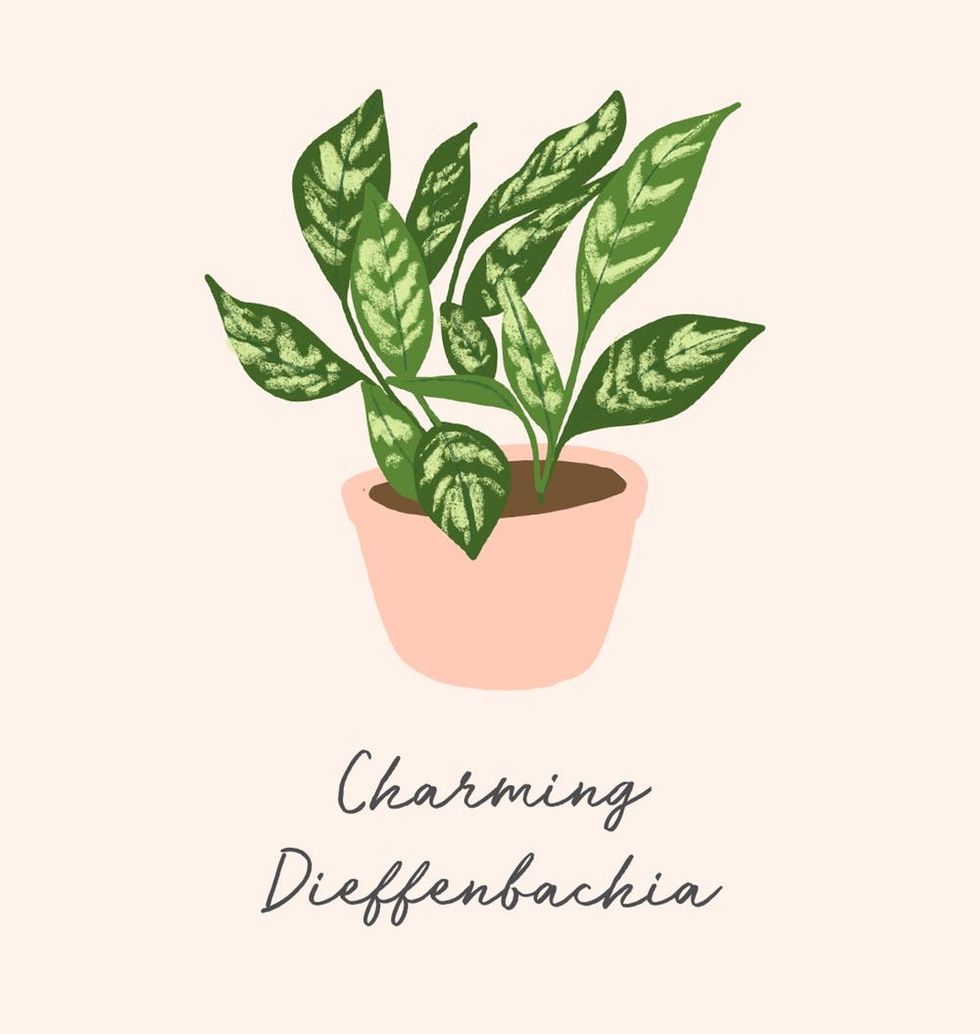
6. Charming Dieffenbachia: If they’ve got a curious streak, keep your pets and children away from this unique bicolor plant, which can cause swelling and blistering in the mouth and pain and damage to the eyes.
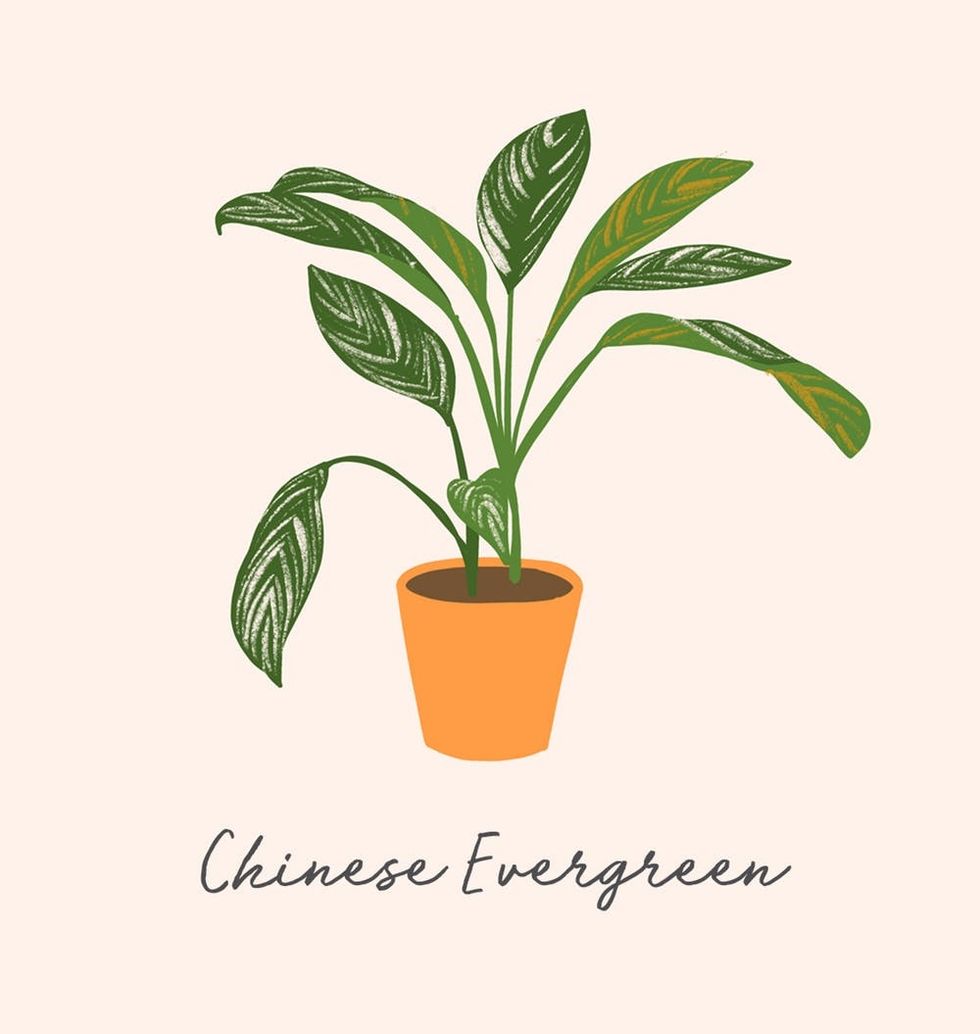
7. Chinese Evergreen: Animals will quickly regret eating this plant after getting a taste of the swelling of the mouth and tongue and difficulty swallowing it brings.

8. Jade Plant: These smooth little plants have a major aesthetic appeal, but they’ll land your pets in a bad spot if ingested: vomiting, lethargy, aggression, and depression are among the symptoms.

9. Dracaena (Corn Plant): Most of the symptoms of pets ingesting corn plants are stomach-related, but even effects as severe as depression have been reported.

10. Fiddle Leaf (Cutleaf Philodendron): We hate to break it to you, but this ultra-Instagrammable plant might not be the best choice if you have naturally inquisitive dogs, cats, or kids around. While it’s unlikely to be lethal, it can irritate the mouth and mucus membranes.
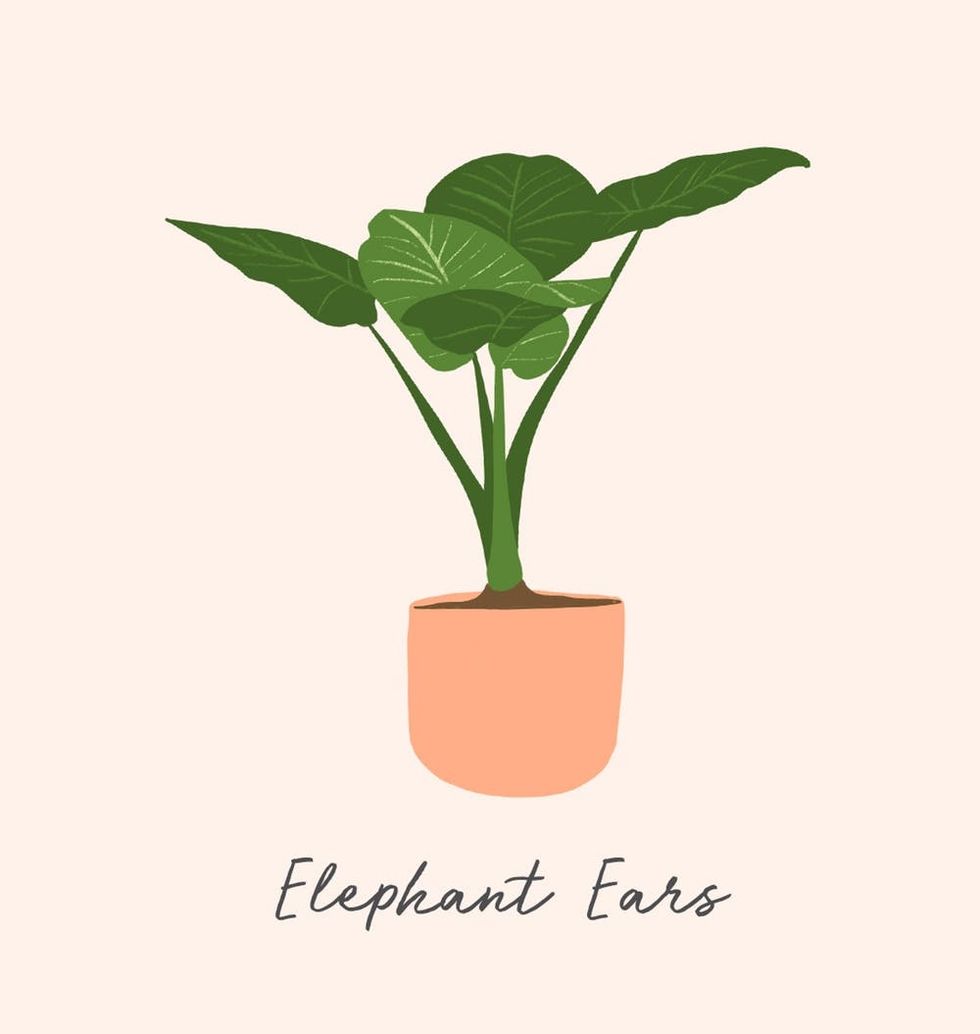
11. Elephant Ears (Caladium): Despite the whimsical name, Elephant Ears can be quite dangerous for pets and children, leading to swelling of the mouth and tongue and nausea, vomiting, and diarrhea.
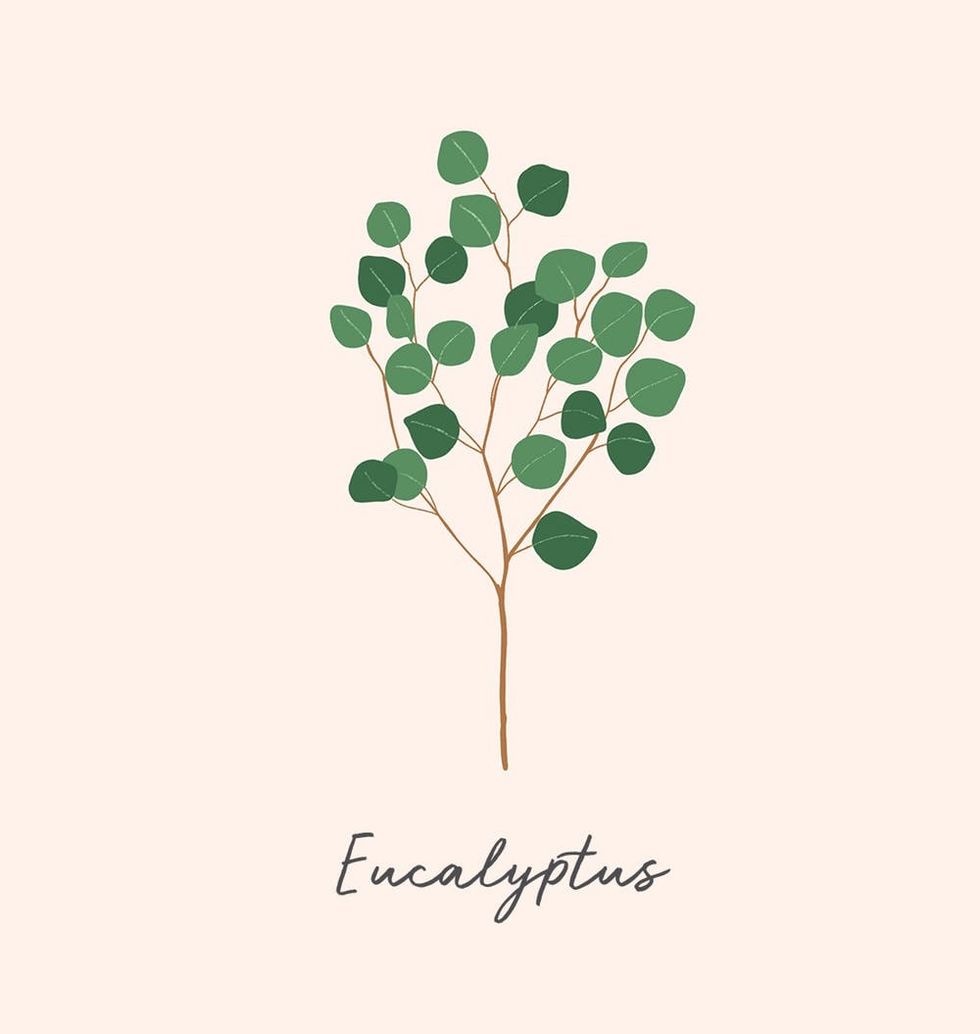
12. Eucalyptus: We love the calming smell of Eucalyptus, but your dogs and cats may find it too interesting to leave alone. Keep it out of your pets’ reach: It causes depression, weakness, and salivation, among other symptoms.
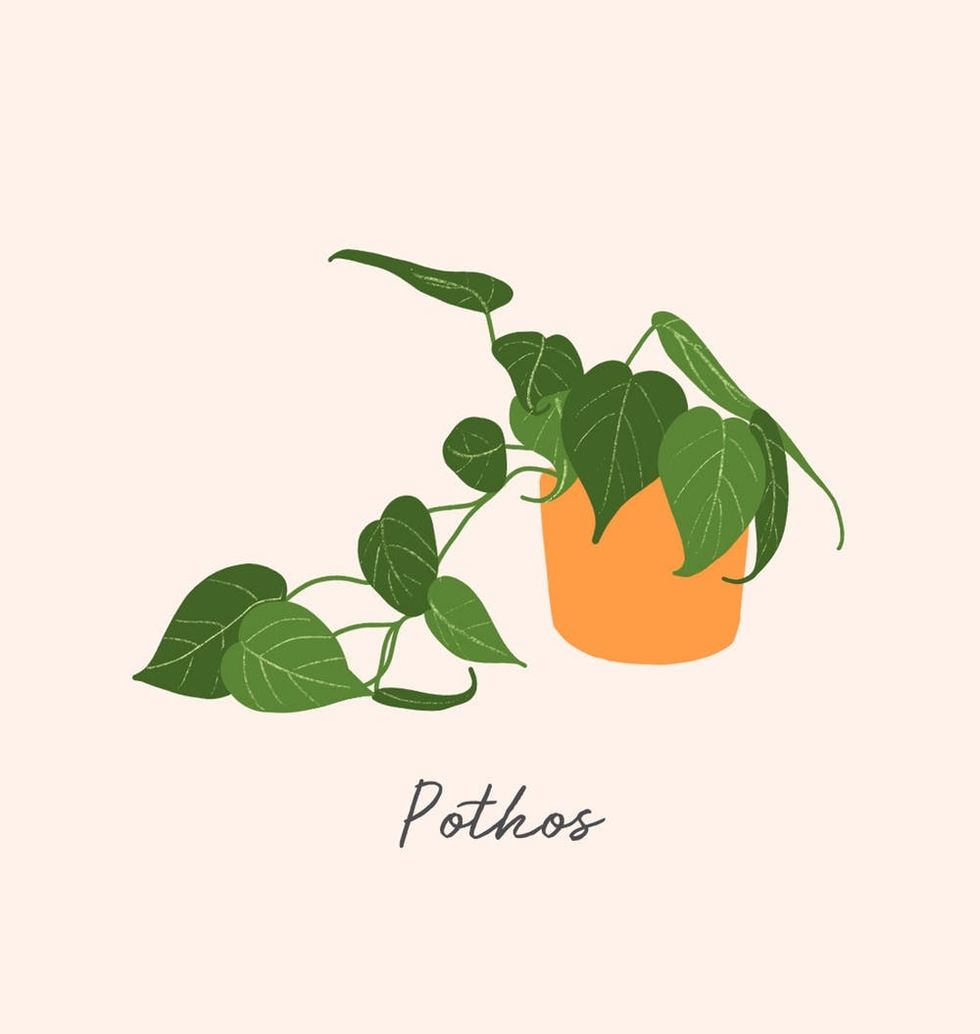
13. Pothos (Devil’s Ivy): Though it comes in many compelling variations, this is one houseplant to skip if you have pets or kids who like to chew when they get bored. It can mean burning in the mouth and swelling in the lips and throat.

14. Indian Rubber Tree: Another plant we’re seeing pop up in all the best-decorated houses, the Indian rubber tree can cause skin irritation in humans, and skin and gastrointestinal distress in pets.
Looking for more plants to add to your collection? Follow us on Pinterest for more ideas!


















